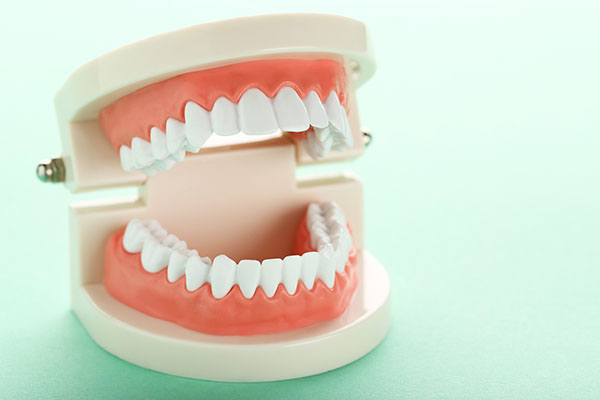3 Ways Endodontics Can Improve Your Smile

Endodontics is primarily thought of as restorative treatment, but it can have cosmetic benefits as well. Your smile is one of the first things that other people notice. A healthy-looking smile can make you look more attractive, compared to having damaged, poorly managed teeth. Restoring the way that a tooth looks can help improve your smile and even give you a nice confidence boost.
Three ways that endodontics can improve your smile
Endodontics refers to the treatment performed during root canal therapy. It can restore teeth that have been damaged to the point that their pulp chamber has been compromised. This area contains the tooth’s nerves and blood vessels, and it is meant to be sealed off from the rest of a tooth to protect its contents against bacteria and acids.
A tooth pulp chamber can be opened up by trauma or decay. Once compromised, it leaves the tooth vulnerable to infection, and the person will likely experience painful toothaches.
Endodontics enables the dentist to save teeth that might have otherwise been lost to decay or damage. It keeps the patient’s smile intact so they can confidently display it. Let us take a closer look at a few ways that endodontics can be used to improve the way that the smile looks.
1. Restores damaged teeth
Performing a root canal on a tooth helps preserve it. During the procedure, its pulp chamber is cleaned out, and it is sealed with gutta-percha. The tooth can then be covered with a crown to restore its appearance and protect it against bite forces.
2. Prevents a need for extraction
A root canal is often a dentist's last attempt to save a tooth. If the infection in a tooth’s pulp chamber has been allowed to spread into its roots, the dentist might recommend extraction to prevent the disease from spreading to other areas, where it can be life-threatening. Dentists often recommend endodontics as soon as a tooth’s pulp chamber is compromised, to avoid an infection from developing.
3. Can prevent discoloration caused by decay
Tooth decay can lead to teeth becoming discolored, particularly when the pulp chamber has been compromised. Cleaning out the pulp chamber protects the tooth against infection and reduces the discoloration of the tooth due to decay. As a result, the patient can typically keep their white smile.
The endodontic treatment process
Root canal therapy starts with the dentist administering a shot of a local anesthetic. The dentist then uses dental drills to make a hole in the tooth’s pulp chamber and remove the soft tissues with dental files. Next, medication might be applied to the area before the tooth is sealed with gutta-percha. This material helps protect the tooth from further damamge and infection.
The dentist may also place a dental crown on the treated tooth. This is because endodontic treatment can weaken the tooth and make it more prone to fractures.
Protect your smile with endodontics
Tooth decay can affect the way that your smile looks. The Scripps Ranch Dental team is here to help. Call or stop by our San Diego office to set up a consultation with our dentist.
Request an appointment here: https://scrippsranchdentistry.com or call Scripps Ranch Dental at (858) 222-6164 for an appointment in our San Diego office.
Check out what others are saying about our services on Yelp: Endodontics in San Diego, CA.
Related Posts
You may be unfamiliar with endodontics or may be confused about this branch of dentistry. Not everyone will need to see an endodontist. Still, this dental professional offers important care to people with severe oral health care concerns. It is helpful to understand what an endodontist does and whether one can benefit you. There are…
A dental crown can help restore the appearance and function of your smile while improving your oral health. Working with a restorative dentist can streamline the process. Here are a few benefits of getting a dental crown from a restorative dentist.Healthy teeth feature an outer shell known as enamel, which protects the underlying dentin. Though…
A restorative dentist is the go-to dental professional for repairing damaged teeth. While this specialist undergoes general dentistry training to learn how to provide routine care for the teeth, they specialize in repairing damaged teeth via treatments like dental fillings. In fact, dental fillings can go a long way in restoring damaged teeth. Keep reading…
A restorative dentist can complete your smile by replacing your missing teeth. This can bring back your oral health and self-esteem. Knowing what teeth replacement method will suit you can help prepare you for your appointment. Here are the details on how seeing your restorative dentist can replace your lost teeth.These removable dental replacements are…


